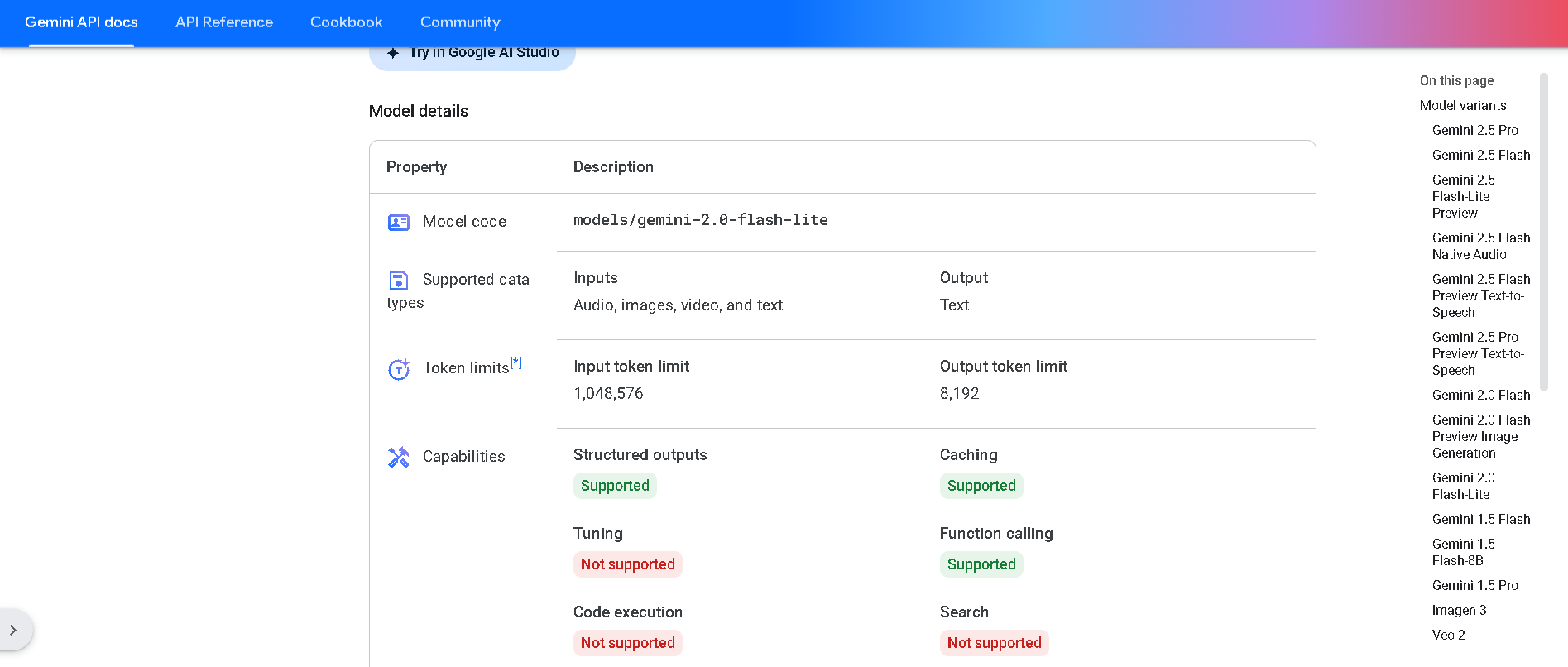
- Enterprise Developers & API Users: Ideal for mission-critical workflows that require speed and scalability.
- Compliance & Data Teams: Perform high-volume classification, summarization, and multimodal data routing efficiently.
- AI & Agent Builders: Utilize controlled reasoning (“thinking budgets”) and built-in tool access (search, code execution).
- Localization & Multimedia Developers: Rapidly process mixed inputs—text, images, audio, video—for translation and annotation.
- Scale-Focused Enterprises: Use Flash-Lite for massive throughput use cases, leveraging 1M token context without high costs.
How to Use Gemini 2.0 Flash-Lite?
- Enable Model in Your Stack: Access via Gemini API, Google AI Studio, or Vertex AI using the model ID `gemini-2.0-flash-lite`.
- Submit Multimodal Inputs: Send batches of text, images, audio, or video up to the 1M token limit.
- Adjust Thinking Budget: Control whether the model uses reasoning to balance cost, speed, and output quality.
- Leverage Native Tools: Enable function calling, code execution, or search as needed within your tasks.
- Optimize Production Usage: Monitor latency and throughput, apply caching or batching, and scale with reliable API support.
- Most Budget-Friendly Flash: Offers full multimodal and tool-integrated features at the lowest price point in Gemini 2.0.
- Unified 1M Token Context: Supports vast document, audio, and video inputs in a single context.
- Developer-Controlled Reasoning: “Thinking budget” lets you choose when deep reasoning is applied.
- Native Tool Integration: Supports structured outputs, function calling, and execution in-line.
- Multimodal & Efficient: Handles text, image, audio, and video within one fast, low-cost model.
- Best-in-class cost-performance for high-volume workflows
- Supports multimodal input with native reasoning and tool use
- Scalable up to a 1 million token context
- Developer-friendly with thinking budget tuning and tool capabilities
- Preview model, production-grade via Vertex AI and API
- Preview status—might change before full GA release
- Some advanced tool features (e.g., image output) may still be limited
- Requires developer integration—no standalone UI
Free
$ 0.00
API
$0.075/$0.30
Proud of the love you're getting? Show off your AI Toolbook reviews—then invite more fans to share the love and build your credibility.
Add an AI Toolbook badge to your site—an easy way to drive followers, showcase updates, and collect reviews. It's like a mini 24/7 billboard for your AI.
Reviews
Rating Distribution
Average score
Popular Mention
FAQs
Similar AI Tools
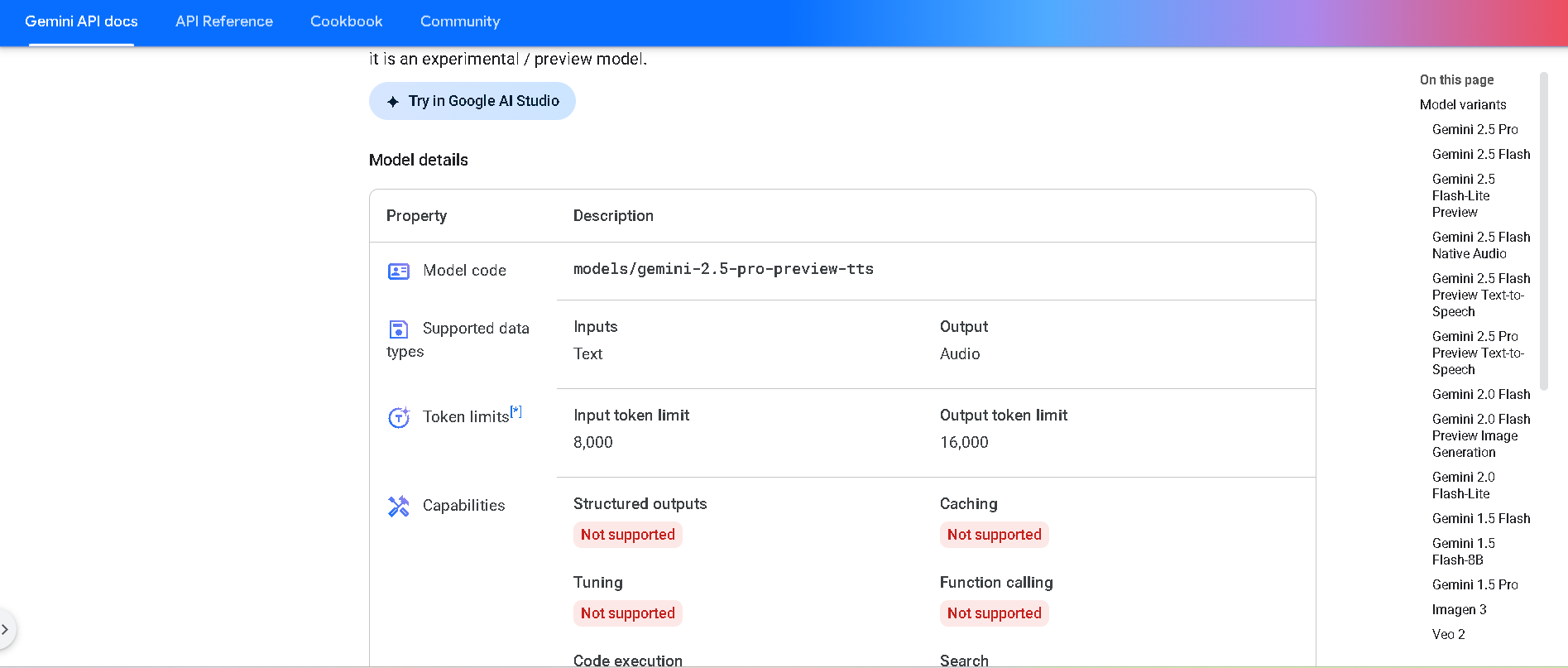
Gemini 2.5 Pro Preview TTS is Google DeepMind’s most powerful text-to-speech model in the Gemini 2.5 series, available in preview. It generates natural-sounding audio—from single-speaker readings to multi-speaker dialogue—while offering fine-grained control over voice style, emotion, pacing, and cadence. Designed for high-fidelity podcasts, audiobooks, and professional voice workflows.


Gemini 2.5 Pro Pre..
Gemini 2.5 Pro Preview TTS is Google DeepMind’s most powerful text-to-speech model in the Gemini 2.5 series, available in preview. It generates natural-sounding audio—from single-speaker readings to multi-speaker dialogue—while offering fine-grained control over voice style, emotion, pacing, and cadence. Designed for high-fidelity podcasts, audiobooks, and professional voice workflows.


Gemini 2.5 Pro Pre..
Gemini 2.5 Pro Preview TTS is Google DeepMind’s most powerful text-to-speech model in the Gemini 2.5 series, available in preview. It generates natural-sounding audio—from single-speaker readings to multi-speaker dialogue—while offering fine-grained control over voice style, emotion, pacing, and cadence. Designed for high-fidelity podcasts, audiobooks, and professional voice workflows.
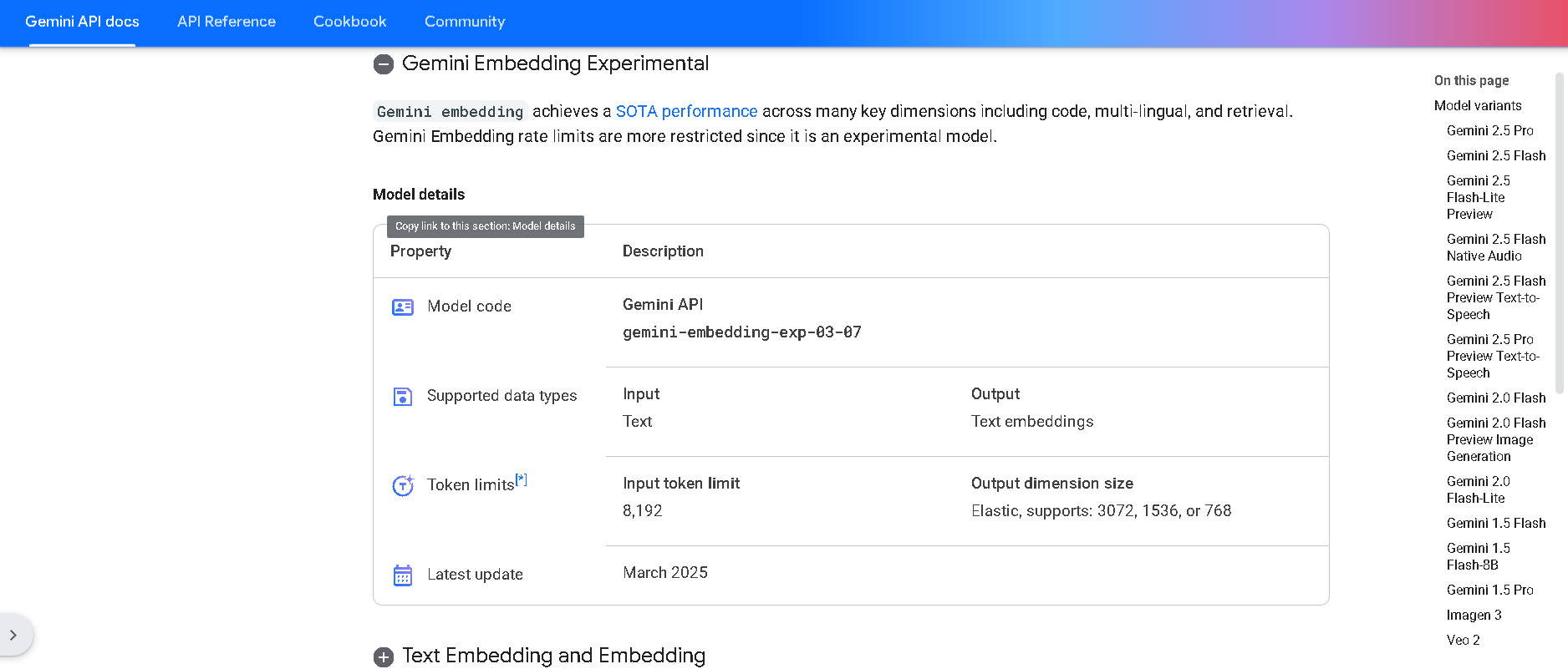

Gemini Embedding
Gemini Embedding is Google DeepMind’s state-of-the-art text embedding model, built on the powerful Gemini family. It transforms text into high-dimensional numerical vectors (up to 3,072 dimensions) with exceptional accuracy and generalization across over 100 languages and multiple modalities—including code. It achieves state-of-the-art results on the Massive Multilingual Text Embedding Benchmark (MMTEB), outperforming prior models across multilingual, English, and code-based tasks


Gemini Embedding
Gemini Embedding is Google DeepMind’s state-of-the-art text embedding model, built on the powerful Gemini family. It transforms text into high-dimensional numerical vectors (up to 3,072 dimensions) with exceptional accuracy and generalization across over 100 languages and multiple modalities—including code. It achieves state-of-the-art results on the Massive Multilingual Text Embedding Benchmark (MMTEB), outperforming prior models across multilingual, English, and code-based tasks


Gemini Embedding
Gemini Embedding is Google DeepMind’s state-of-the-art text embedding model, built on the powerful Gemini family. It transforms text into high-dimensional numerical vectors (up to 3,072 dimensions) with exceptional accuracy and generalization across over 100 languages and multiple modalities—including code. It achieves state-of-the-art results on the Massive Multilingual Text Embedding Benchmark (MMTEB), outperforming prior models across multilingual, English, and code-based tasks
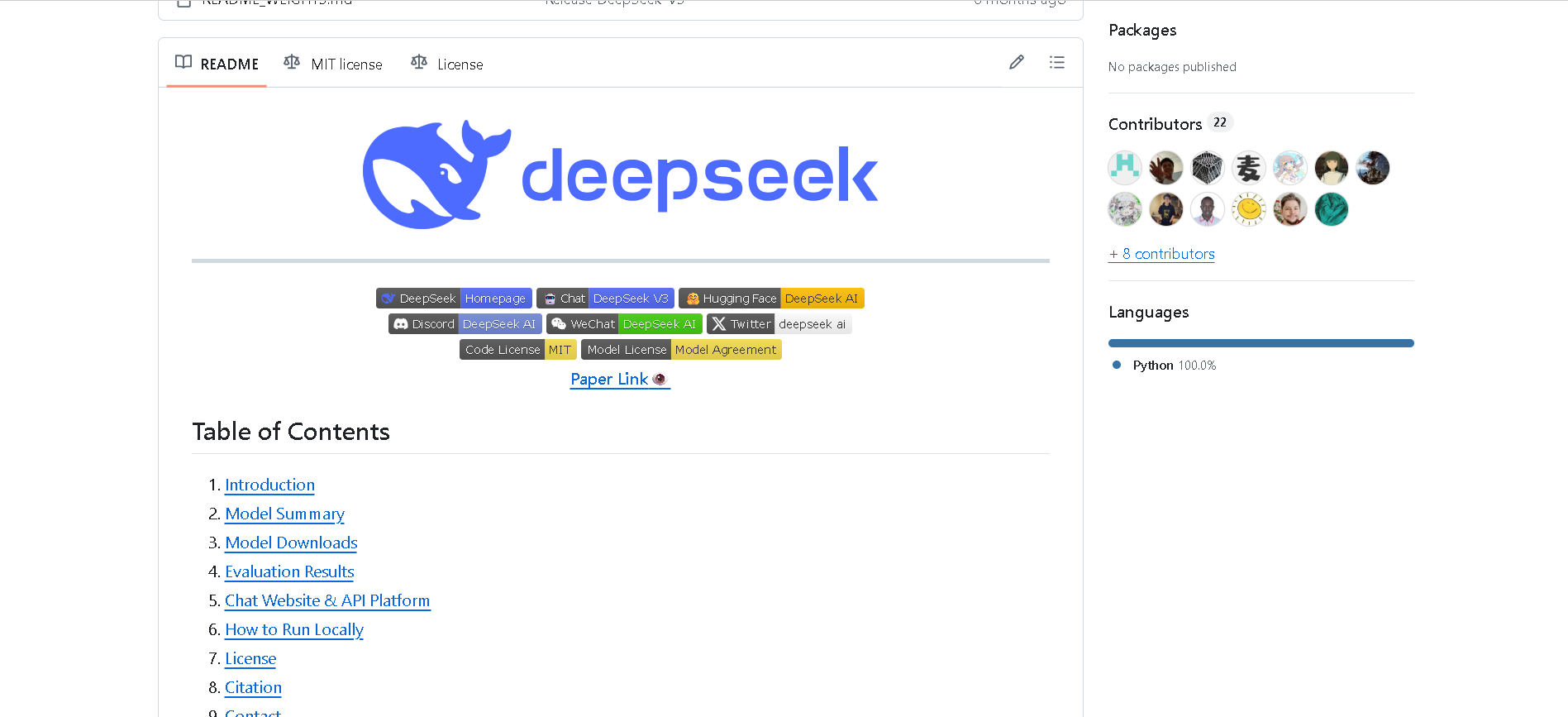

DeepSeek-V3
DeepSeek V3 is the latest flagship Mixture‑of‑Experts (MoE) open‑source AI model from DeepSeek. It features 671 billion total parameters (with ~37 billion activated per token), supports up to 128K context length, and excels across reasoning, code generation, language, and multimodal tasks. On standard benchmarks, it rivals or exceeds proprietary models—including GPT‑4o and Claude 3.5—as a high-performance, cost-efficient alternative.


DeepSeek-V3
DeepSeek V3 is the latest flagship Mixture‑of‑Experts (MoE) open‑source AI model from DeepSeek. It features 671 billion total parameters (with ~37 billion activated per token), supports up to 128K context length, and excels across reasoning, code generation, language, and multimodal tasks. On standard benchmarks, it rivals or exceeds proprietary models—including GPT‑4o and Claude 3.5—as a high-performance, cost-efficient alternative.


DeepSeek-V3
DeepSeek V3 is the latest flagship Mixture‑of‑Experts (MoE) open‑source AI model from DeepSeek. It features 671 billion total parameters (with ~37 billion activated per token), supports up to 128K context length, and excels across reasoning, code generation, language, and multimodal tasks. On standard benchmarks, it rivals or exceeds proprietary models—including GPT‑4o and Claude 3.5—as a high-performance, cost-efficient alternative.
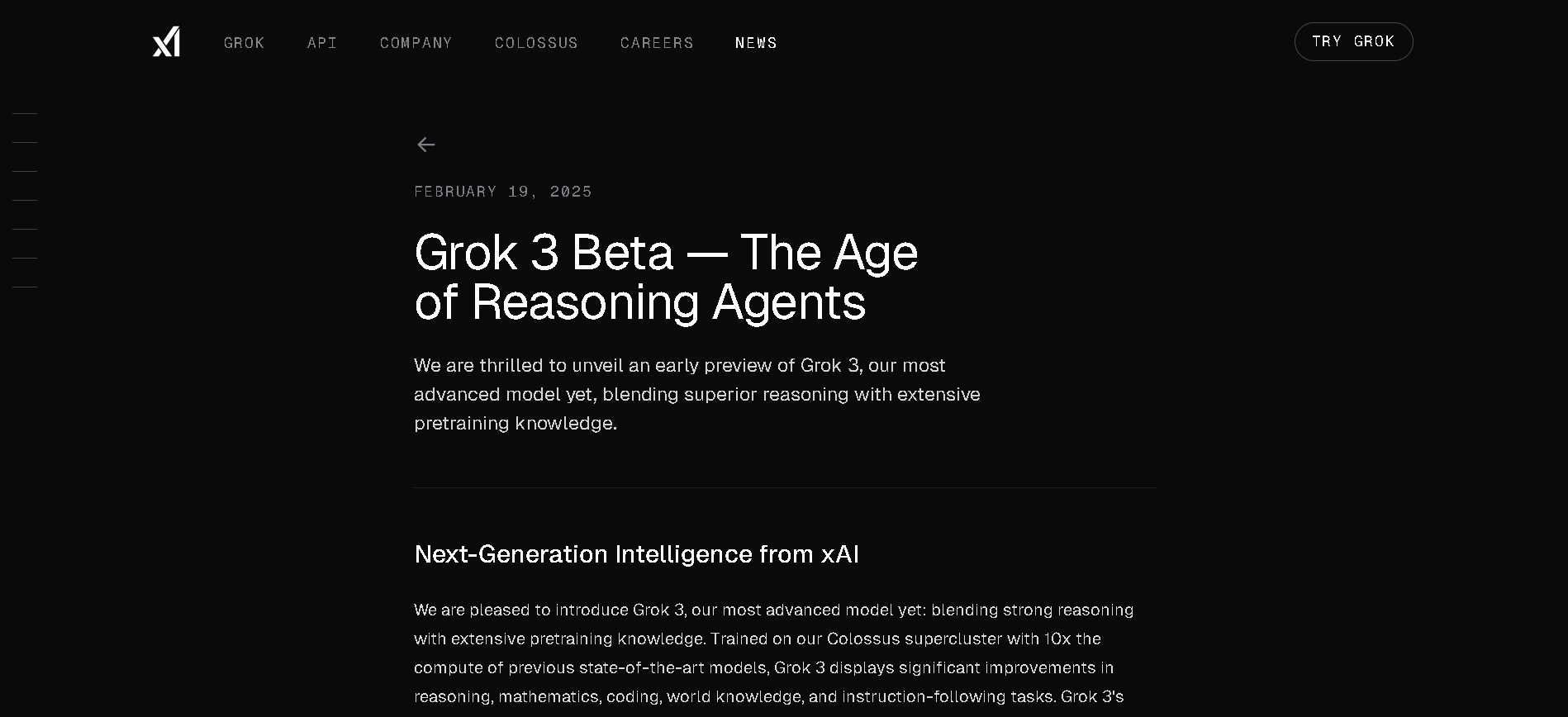
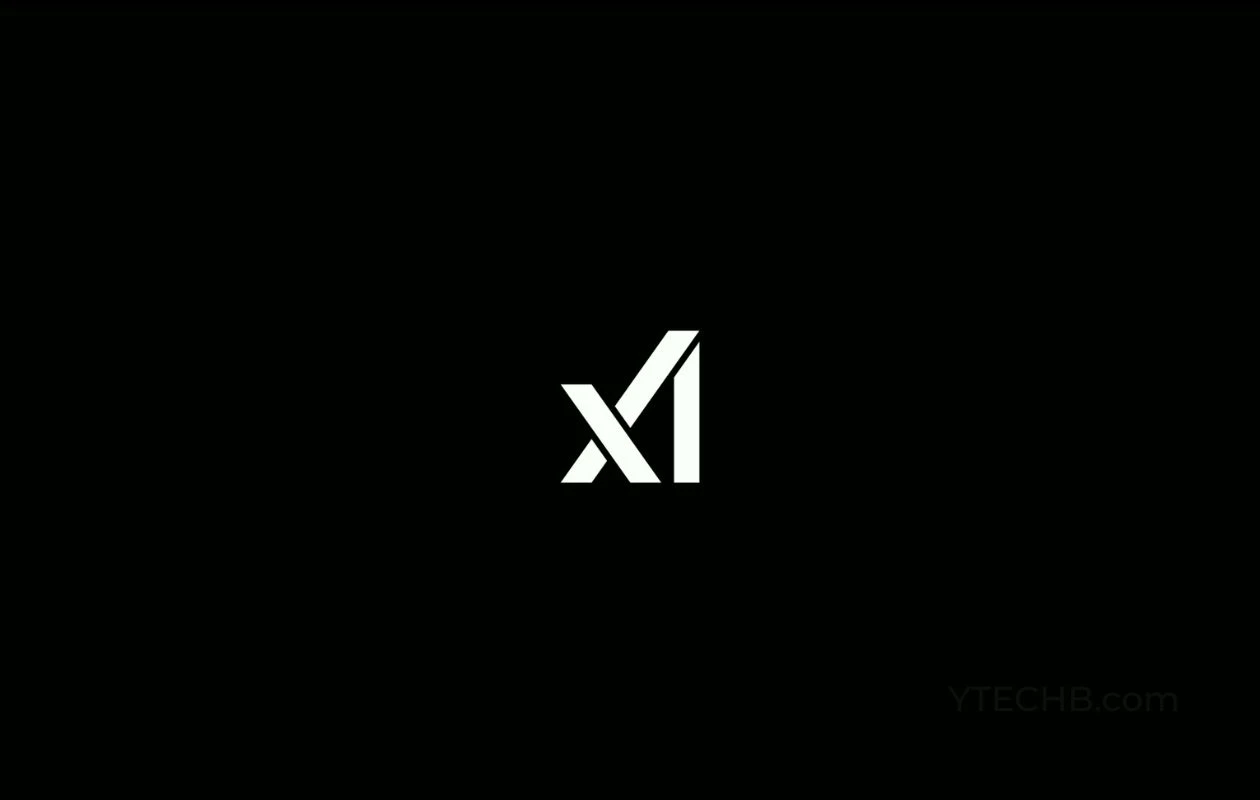
Grok 3 Latest
Grok 3 is xAI’s newest flagship AI chatbot, released on February 17, 2025, running on the massive Colossus supercluster (~200,000 GPUs). It offers elite-level reasoning, chain-of-thought transparency (“Think” mode), advanced “Big Brain” deeper reasoning, multimodal support (text, images), and integrated real-time DeepSearch—positioning it as a top-tier competitor to GPT‑4o, Gemini, Claude, and DeepSeek V3 on benchmarks.


Grok 3 Latest
Grok 3 is xAI’s newest flagship AI chatbot, released on February 17, 2025, running on the massive Colossus supercluster (~200,000 GPUs). It offers elite-level reasoning, chain-of-thought transparency (“Think” mode), advanced “Big Brain” deeper reasoning, multimodal support (text, images), and integrated real-time DeepSearch—positioning it as a top-tier competitor to GPT‑4o, Gemini, Claude, and DeepSeek V3 on benchmarks.


Grok 3 Latest
Grok 3 is xAI’s newest flagship AI chatbot, released on February 17, 2025, running on the massive Colossus supercluster (~200,000 GPUs). It offers elite-level reasoning, chain-of-thought transparency (“Think” mode), advanced “Big Brain” deeper reasoning, multimodal support (text, images), and integrated real-time DeepSearch—positioning it as a top-tier competitor to GPT‑4o, Gemini, Claude, and DeepSeek V3 on benchmarks.
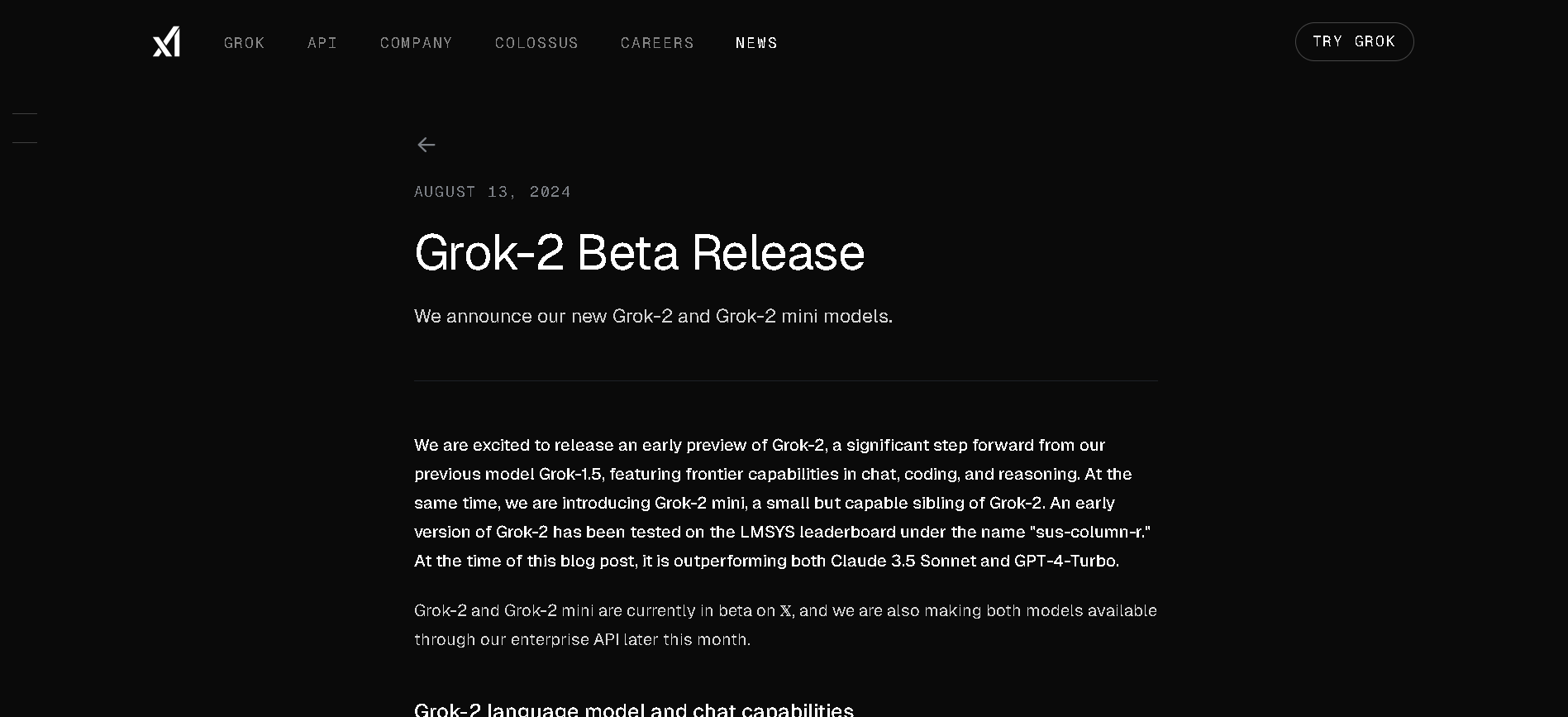
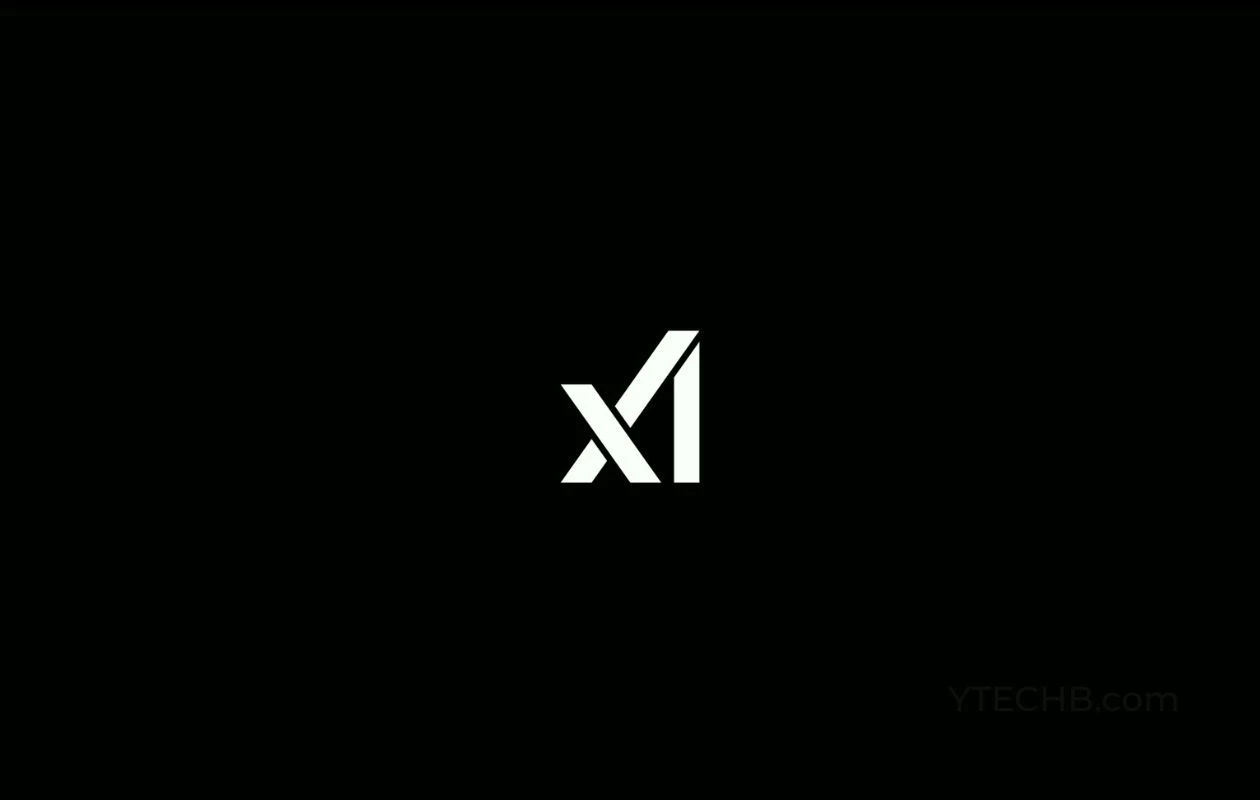
grok-2-1212
Grok 2 – 1212 is xAI’s enhanced version of Grok 2, released December 12, 2024. It’s designed to be faster—up to 3× speed boost—with sharper accuracy, improved instruction-following, and stronger multilingual support. It includes web search, citations, and the Aurora image-generation feature. Now available to all users on X, with Premium tiers getting higher usage limits.


grok-2-1212
Grok 2 – 1212 is xAI’s enhanced version of Grok 2, released December 12, 2024. It’s designed to be faster—up to 3× speed boost—with sharper accuracy, improved instruction-following, and stronger multilingual support. It includes web search, citations, and the Aurora image-generation feature. Now available to all users on X, with Premium tiers getting higher usage limits.


grok-2-1212
Grok 2 – 1212 is xAI’s enhanced version of Grok 2, released December 12, 2024. It’s designed to be faster—up to 3× speed boost—with sharper accuracy, improved instruction-following, and stronger multilingual support. It includes web search, citations, and the Aurora image-generation feature. Now available to all users on X, with Premium tiers getting higher usage limits.
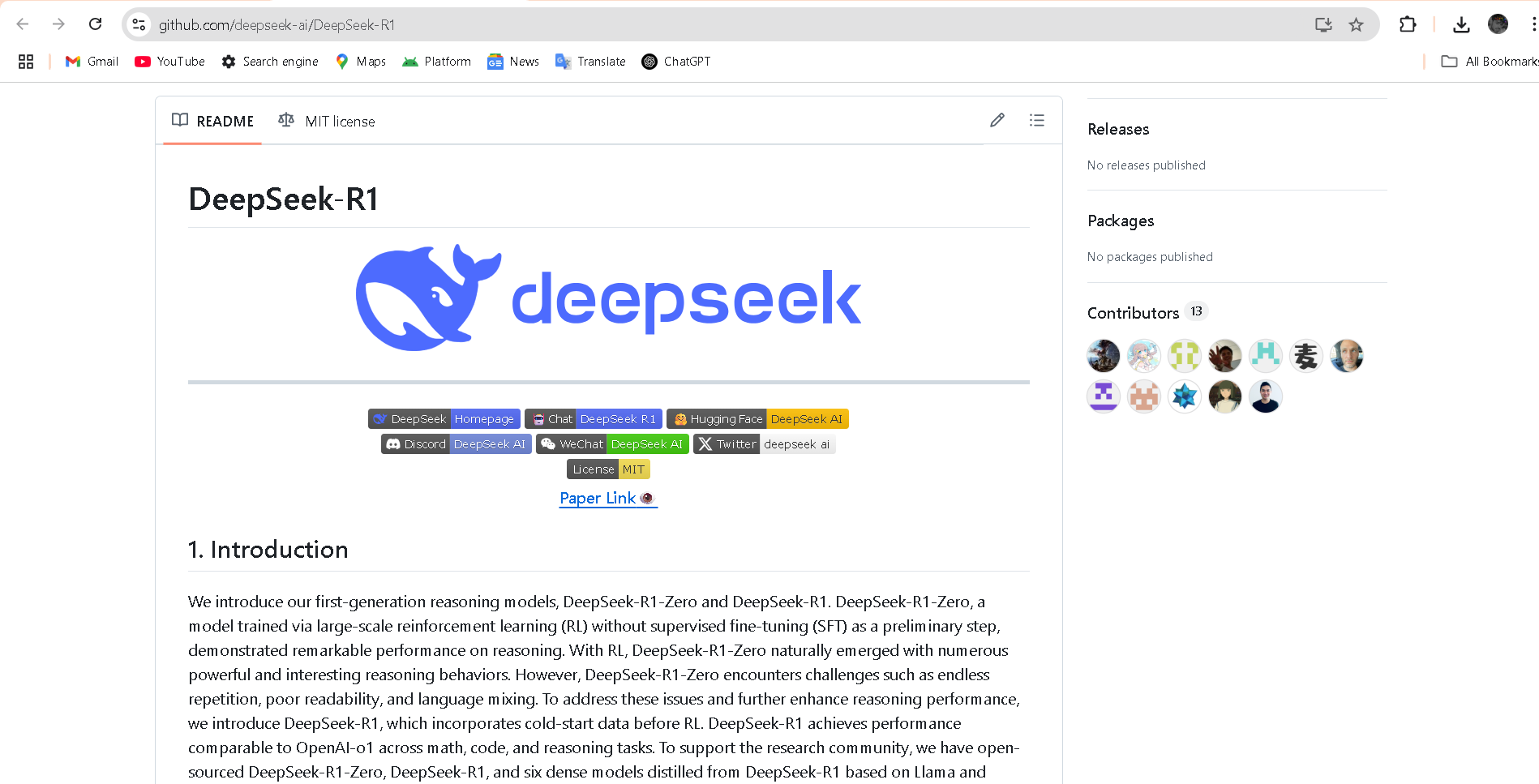

DeepSeek-R1-Zero
DeepSeek R1 Zero is an open-source large language model introduced in January 2025 by DeepSeek AI. It is a reinforcement learning–only version of DeepSeek R1, trained without supervised fine-tuning. With 671B total parameters (37B active) and a 128K-token context window, it demonstrates strong chain-of-thought reasoning, self-verification, and reflection.


DeepSeek-R1-Zero
DeepSeek R1 Zero is an open-source large language model introduced in January 2025 by DeepSeek AI. It is a reinforcement learning–only version of DeepSeek R1, trained without supervised fine-tuning. With 671B total parameters (37B active) and a 128K-token context window, it demonstrates strong chain-of-thought reasoning, self-verification, and reflection.


DeepSeek-R1-Zero
DeepSeek R1 Zero is an open-source large language model introduced in January 2025 by DeepSeek AI. It is a reinforcement learning–only version of DeepSeek R1, trained without supervised fine-tuning. With 671B total parameters (37B active) and a 128K-token context window, it demonstrates strong chain-of-thought reasoning, self-verification, and reflection.
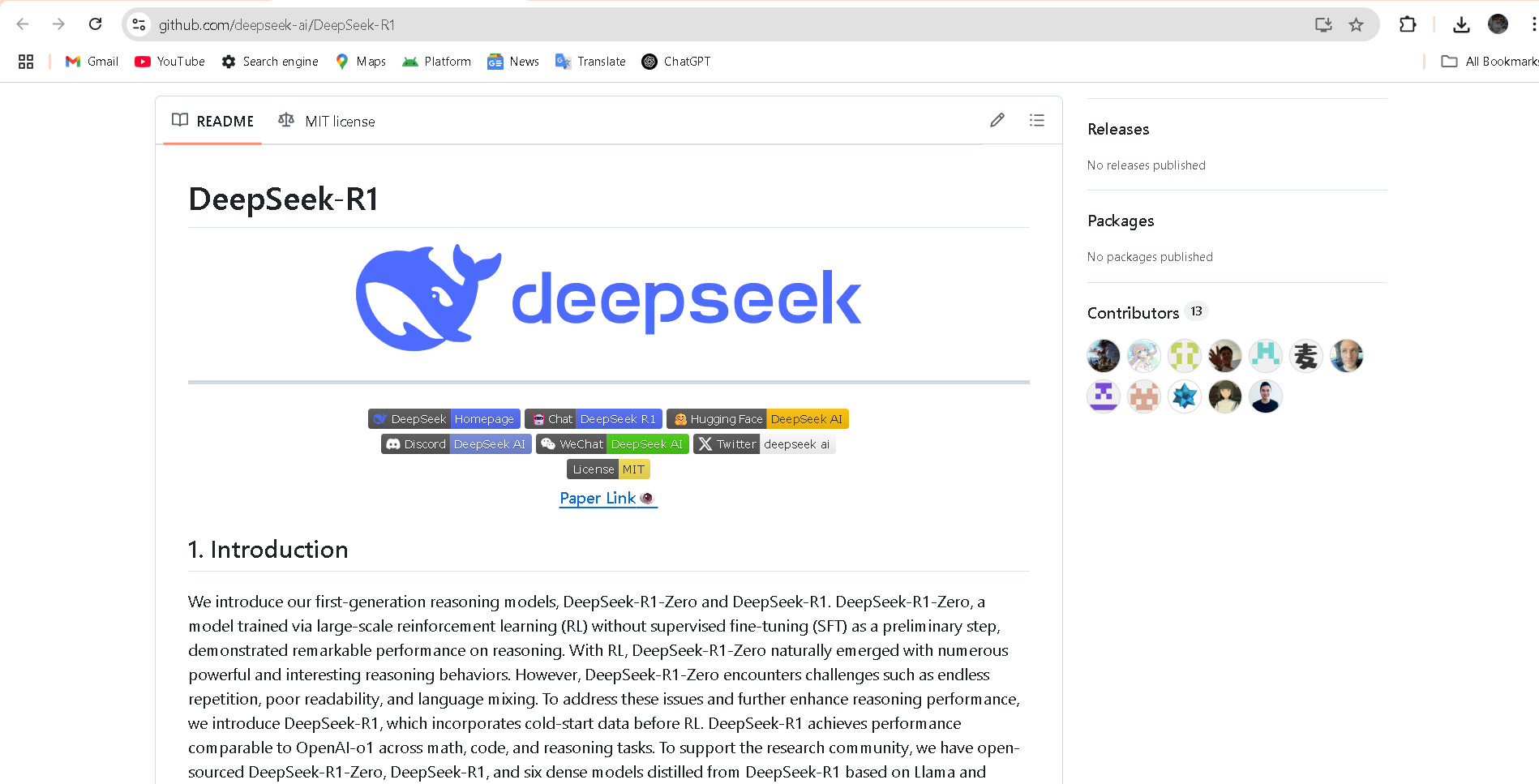

DeepSeek-R1-Lite-P..
DeepSeek R1 Lite Preview is the lightweight preview of DeepSeek’s flagship reasoning model, released on November 20, 2024. It’s designed for advanced chain-of-thought reasoning in math, coding, and logic, showcasing transparent, multi-round reasoning. It achieves performance on par—or exceeding—OpenAI’s o1-preview on benchmarks like AIME and MATH, using test-time compute scaling.


DeepSeek-R1-Lite-P..
DeepSeek R1 Lite Preview is the lightweight preview of DeepSeek’s flagship reasoning model, released on November 20, 2024. It’s designed for advanced chain-of-thought reasoning in math, coding, and logic, showcasing transparent, multi-round reasoning. It achieves performance on par—or exceeding—OpenAI’s o1-preview on benchmarks like AIME and MATH, using test-time compute scaling.


DeepSeek-R1-Lite-P..
DeepSeek R1 Lite Preview is the lightweight preview of DeepSeek’s flagship reasoning model, released on November 20, 2024. It’s designed for advanced chain-of-thought reasoning in math, coding, and logic, showcasing transparent, multi-round reasoning. It achieves performance on par—or exceeding—OpenAI’s o1-preview on benchmarks like AIME and MATH, using test-time compute scaling.
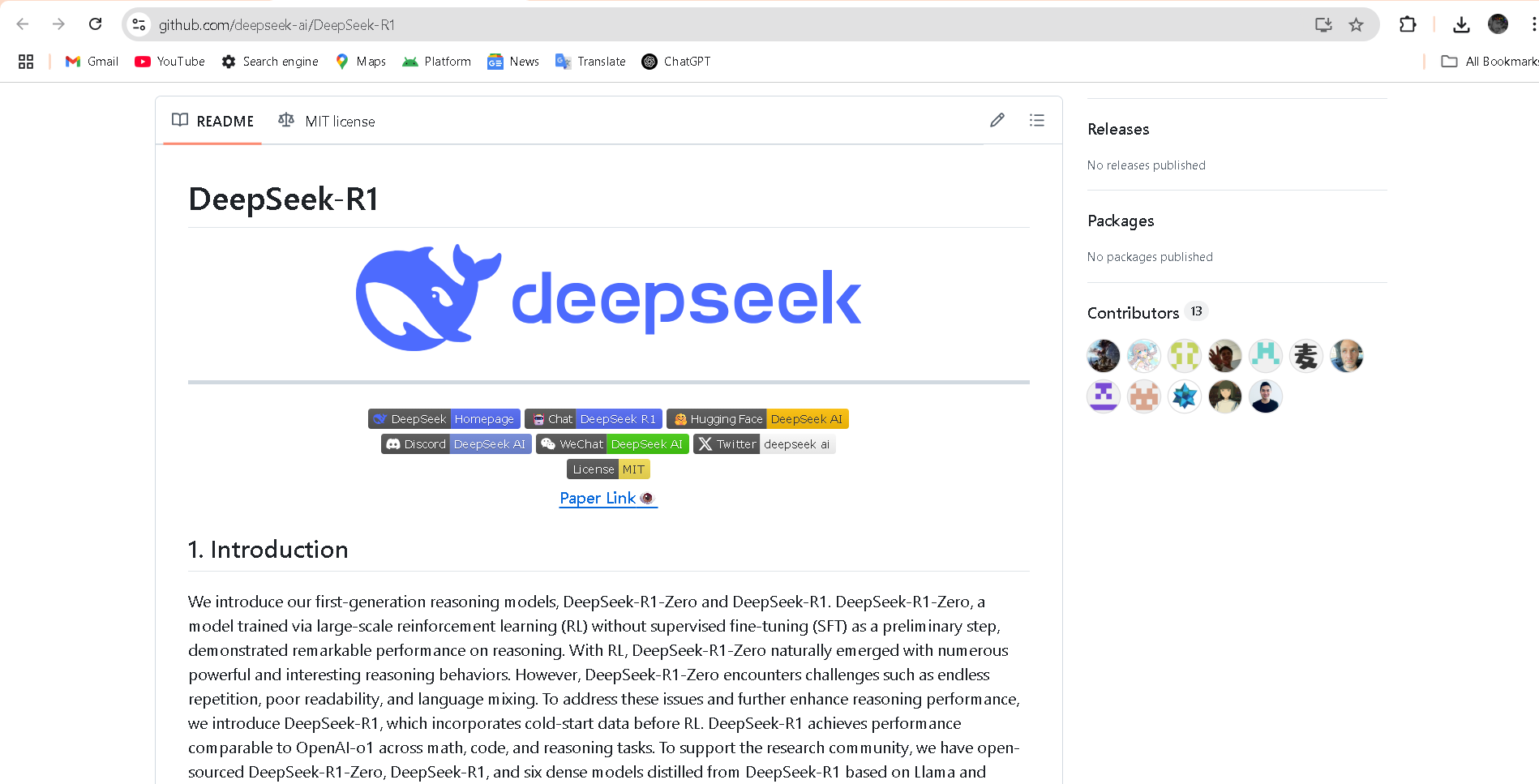

DeepSeek-R1-0528-Q..
DeepSeek R1 0528 – Qwen3 ‑ 8B is an 8 B-parameter dense model distilled from DeepSeek‑R1‑0528 using Qwen3‑8B as its base. Released in May 2025, it transfers high-depth chain-of-thought reasoning into a compact architecture while achieving benchmark-leading results close to much larger models.


DeepSeek-R1-0528-Q..
DeepSeek R1 0528 – Qwen3 ‑ 8B is an 8 B-parameter dense model distilled from DeepSeek‑R1‑0528 using Qwen3‑8B as its base. Released in May 2025, it transfers high-depth chain-of-thought reasoning into a compact architecture while achieving benchmark-leading results close to much larger models.


DeepSeek-R1-0528-Q..
DeepSeek R1 0528 – Qwen3 ‑ 8B is an 8 B-parameter dense model distilled from DeepSeek‑R1‑0528 using Qwen3‑8B as its base. Released in May 2025, it transfers high-depth chain-of-thought reasoning into a compact architecture while achieving benchmark-leading results close to much larger models.
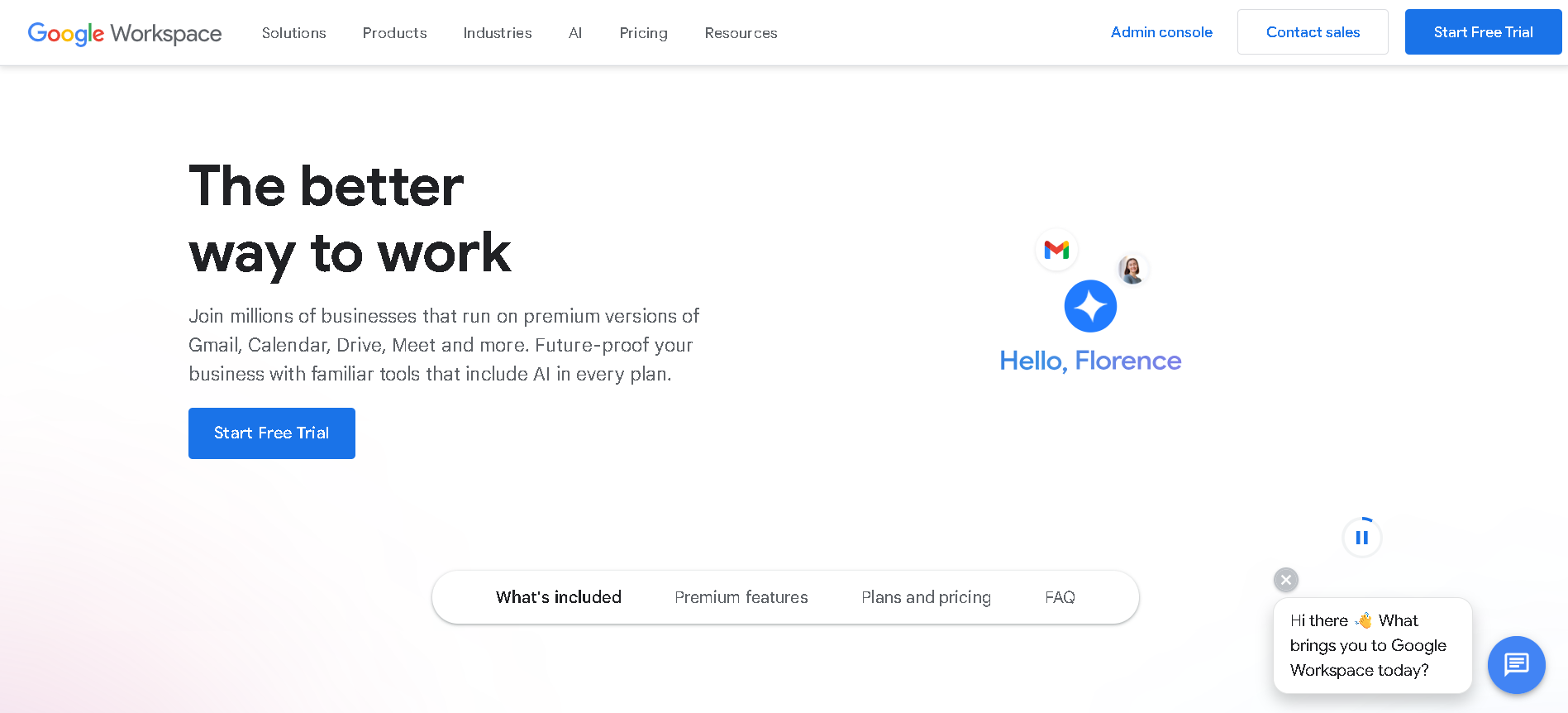

Google Workspace A..
Google Workspace AI (also known as "Gemini in Workspace") is Google’s integrated suite of AI-powered features embedded throughout Gmail, Docs, Sheets, Slides, Meet, Chat, Drive, Vids, Forms, and more. Introduced fully in early 2025, it brings Gemini 2.5 Pro, NotebookLM Plus, agentic workflows via Workspace Flows, and domain-specific video editing to help businesses and educators work smarter and faster.


Google Workspace A..
Google Workspace AI (also known as "Gemini in Workspace") is Google’s integrated suite of AI-powered features embedded throughout Gmail, Docs, Sheets, Slides, Meet, Chat, Drive, Vids, Forms, and more. Introduced fully in early 2025, it brings Gemini 2.5 Pro, NotebookLM Plus, agentic workflows via Workspace Flows, and domain-specific video editing to help businesses and educators work smarter and faster.


Google Workspace A..
Google Workspace AI (also known as "Gemini in Workspace") is Google’s integrated suite of AI-powered features embedded throughout Gmail, Docs, Sheets, Slides, Meet, Chat, Drive, Vids, Forms, and more. Introduced fully in early 2025, it brings Gemini 2.5 Pro, NotebookLM Plus, agentic workflows via Workspace Flows, and domain-specific video editing to help businesses and educators work smarter and faster.
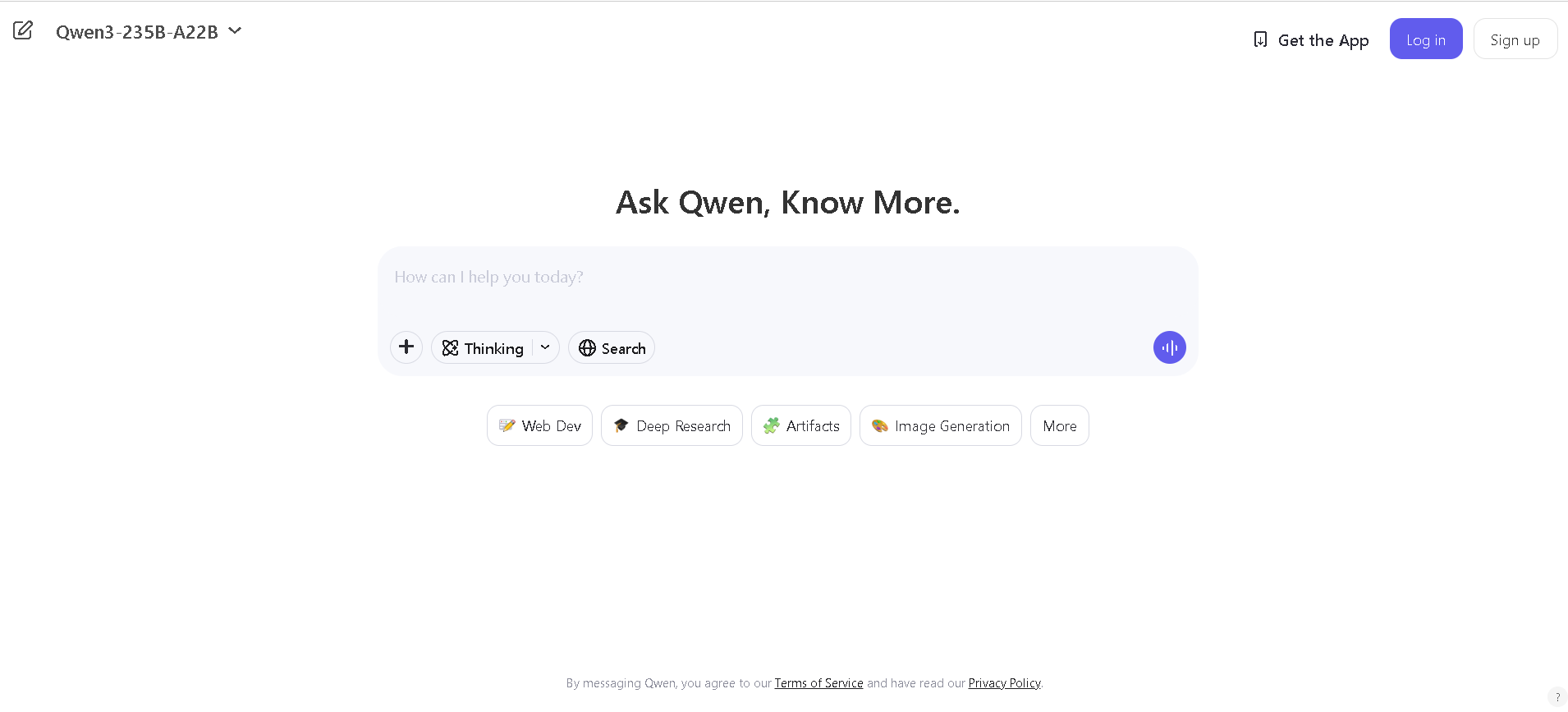
Qwen Chat
Qwen Chat is Alibaba Cloud’s conversational AI assistant built on the Qwen series (e.g., Qwen‑7B‑Chat, Qwen1.5‑7B‑Chat, Qwen‑VL, Qwen‑Audio, and Qwen2.5‑Omni). It supports text, vision, audio, and video understanding, plus image and document processing, web search integration, and image generation—all through a unified chat interface.

Qwen Chat
Qwen Chat is Alibaba Cloud’s conversational AI assistant built on the Qwen series (e.g., Qwen‑7B‑Chat, Qwen1.5‑7B‑Chat, Qwen‑VL, Qwen‑Audio, and Qwen2.5‑Omni). It supports text, vision, audio, and video understanding, plus image and document processing, web search integration, and image generation—all through a unified chat interface.

Qwen Chat
Qwen Chat is Alibaba Cloud’s conversational AI assistant built on the Qwen series (e.g., Qwen‑7B‑Chat, Qwen1.5‑7B‑Chat, Qwen‑VL, Qwen‑Audio, and Qwen2.5‑Omni). It supports text, vision, audio, and video understanding, plus image and document processing, web search integration, and image generation—all through a unified chat interface.
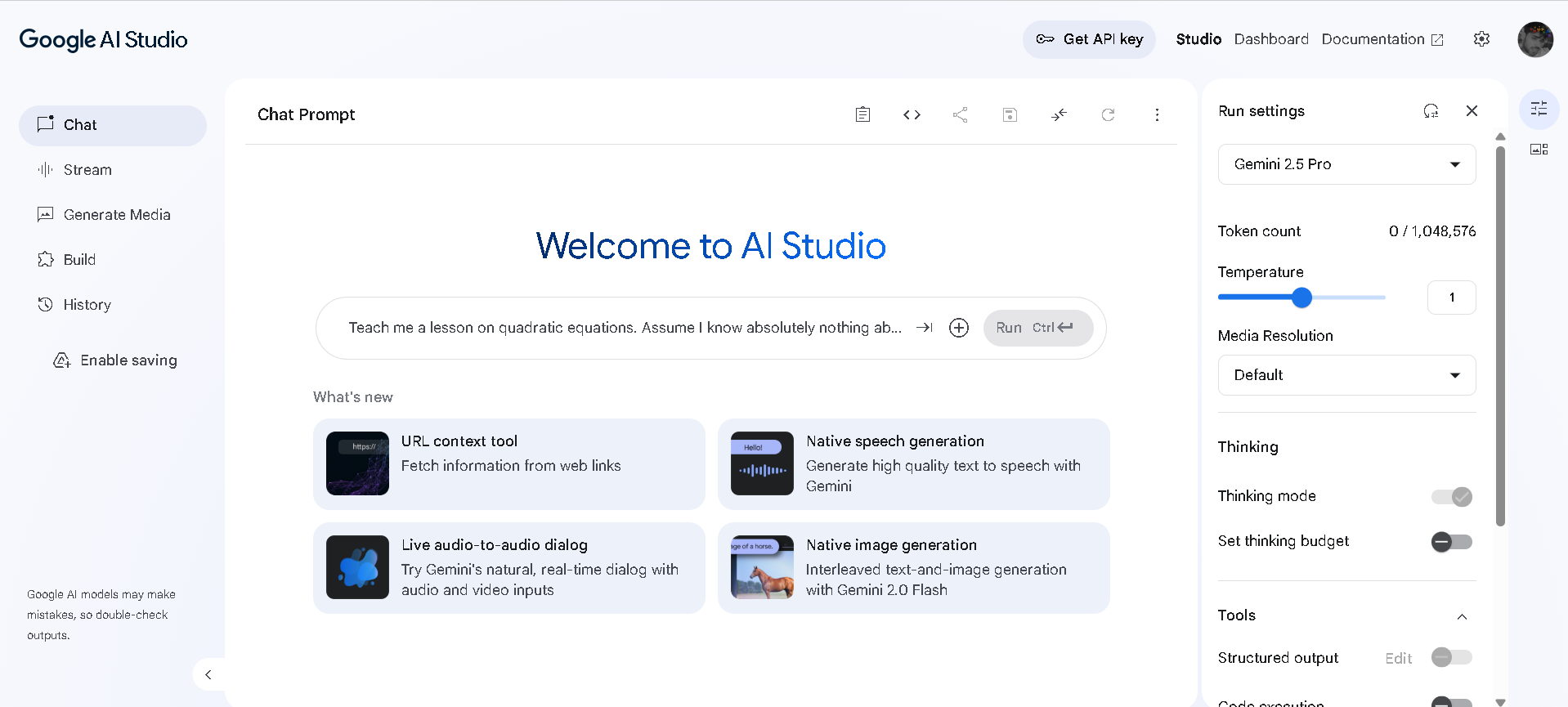

Google AI Studio
Google AI Studio is a web-based development environment that allows users to explore, prototype, and build applications using Google's cutting-edge generative AI models, such as Gemini. It provides a comprehensive set of tools for interacting with AI through chat prompts, generating various media types, and fine-tuning model behaviors for specific use cases.


Google AI Studio
Google AI Studio is a web-based development environment that allows users to explore, prototype, and build applications using Google's cutting-edge generative AI models, such as Gemini. It provides a comprehensive set of tools for interacting with AI through chat prompts, generating various media types, and fine-tuning model behaviors for specific use cases.


Google AI Studio
Google AI Studio is a web-based development environment that allows users to explore, prototype, and build applications using Google's cutting-edge generative AI models, such as Gemini. It provides a comprehensive set of tools for interacting with AI through chat prompts, generating various media types, and fine-tuning model behaviors for specific use cases.
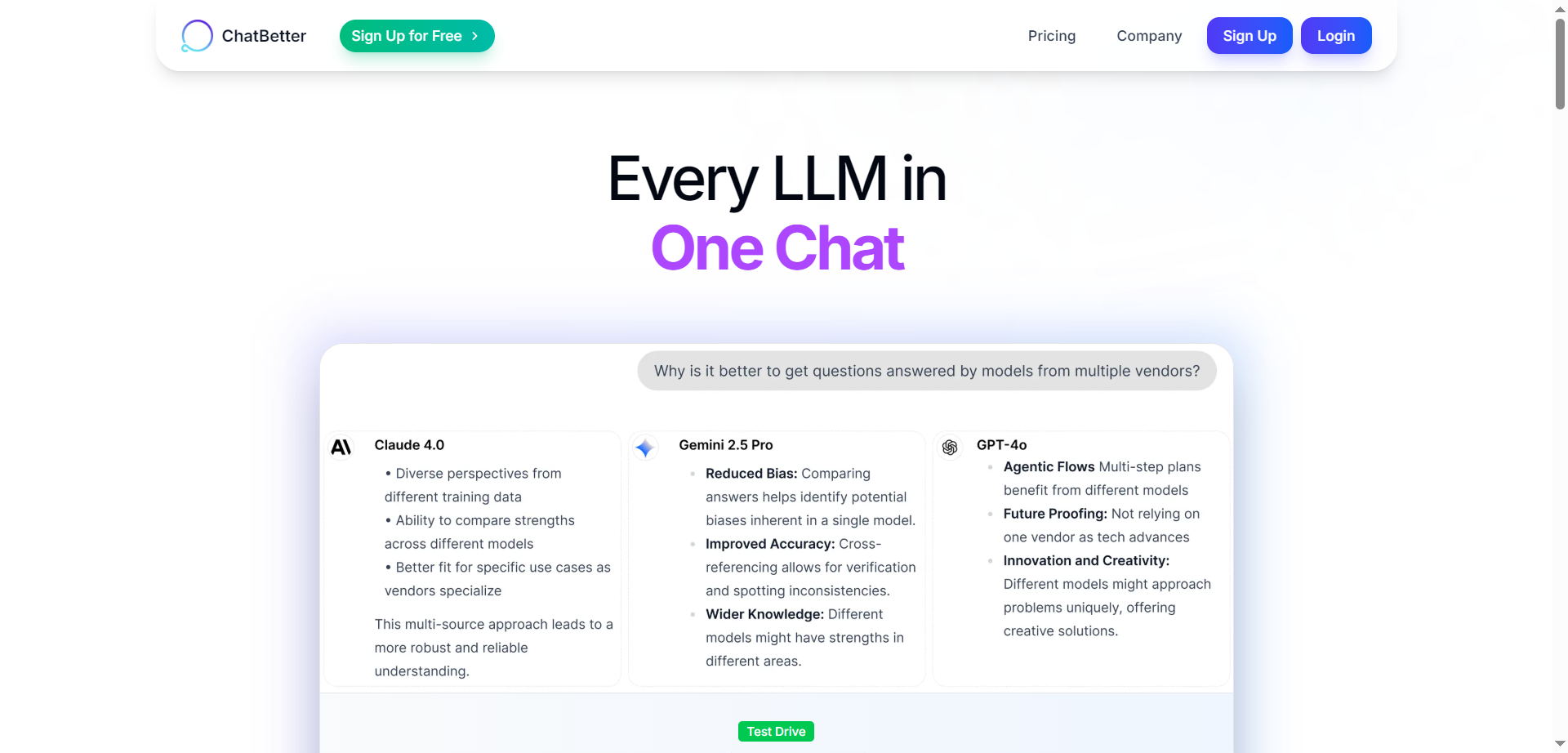
ChatBetter
ChatBetter is an AI platform designed to unify access to all major large language models (LLMs) within a single chat interface. Built for productivity and accuracy, ChatBetter leverages automatic model selection to route every query to the most capable AI—eliminating guesswork about which model to use. Users can directly compare responses from OpenAI, Anthropic, Google, Meta, DeepSeek, Perplexity, Mistral, xAI, and Cohere models side by side, or merge answers for comprehensive insights. The system is crafted for teams and individuals alike, enabling complex research, planning, and writing tasks to be accomplished efficiently in one place.

ChatBetter
ChatBetter is an AI platform designed to unify access to all major large language models (LLMs) within a single chat interface. Built for productivity and accuracy, ChatBetter leverages automatic model selection to route every query to the most capable AI—eliminating guesswork about which model to use. Users can directly compare responses from OpenAI, Anthropic, Google, Meta, DeepSeek, Perplexity, Mistral, xAI, and Cohere models side by side, or merge answers for comprehensive insights. The system is crafted for teams and individuals alike, enabling complex research, planning, and writing tasks to be accomplished efficiently in one place.

ChatBetter
ChatBetter is an AI platform designed to unify access to all major large language models (LLMs) within a single chat interface. Built for productivity and accuracy, ChatBetter leverages automatic model selection to route every query to the most capable AI—eliminating guesswork about which model to use. Users can directly compare responses from OpenAI, Anthropic, Google, Meta, DeepSeek, Perplexity, Mistral, xAI, and Cohere models side by side, or merge answers for comprehensive insights. The system is crafted for teams and individuals alike, enabling complex research, planning, and writing tasks to be accomplished efficiently in one place.
Editorial Note
This page was researched and written by the ATB Editorial Team. Our team researches each AI tool by reviewing its official website, testing features, exploring real use cases, and considering user feedback. Every page is fact-checked and regularly updated to ensure the information stays accurate, neutral, and useful for our readers.
If you have any suggestions or questions, email us at hello@aitoolbook.ai
